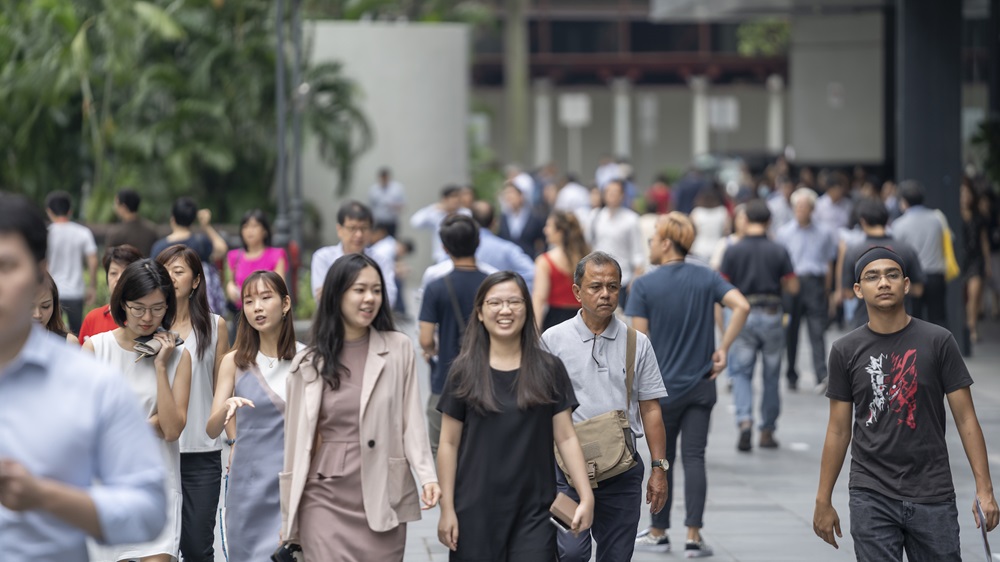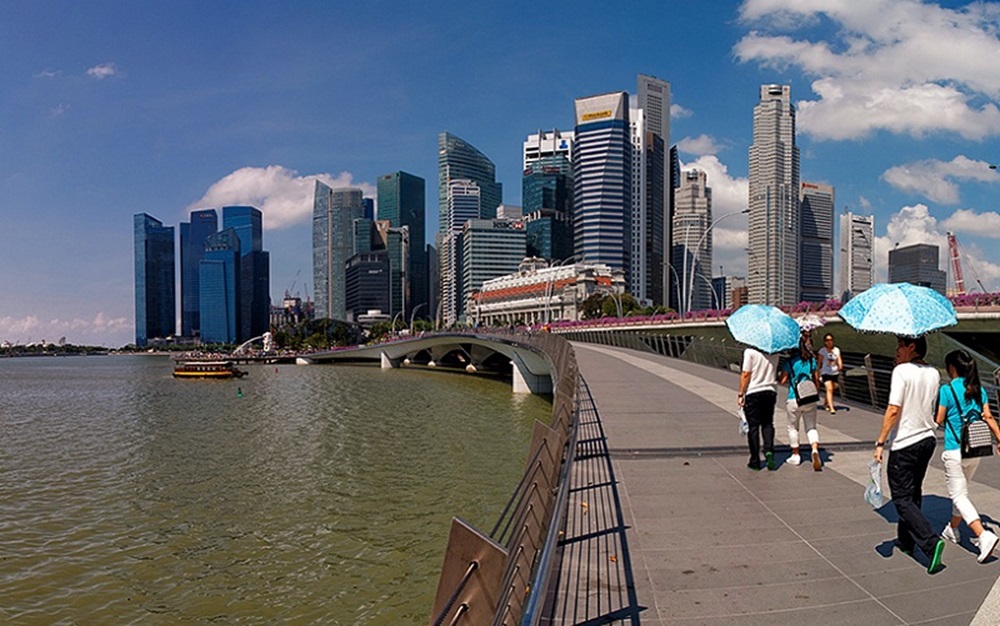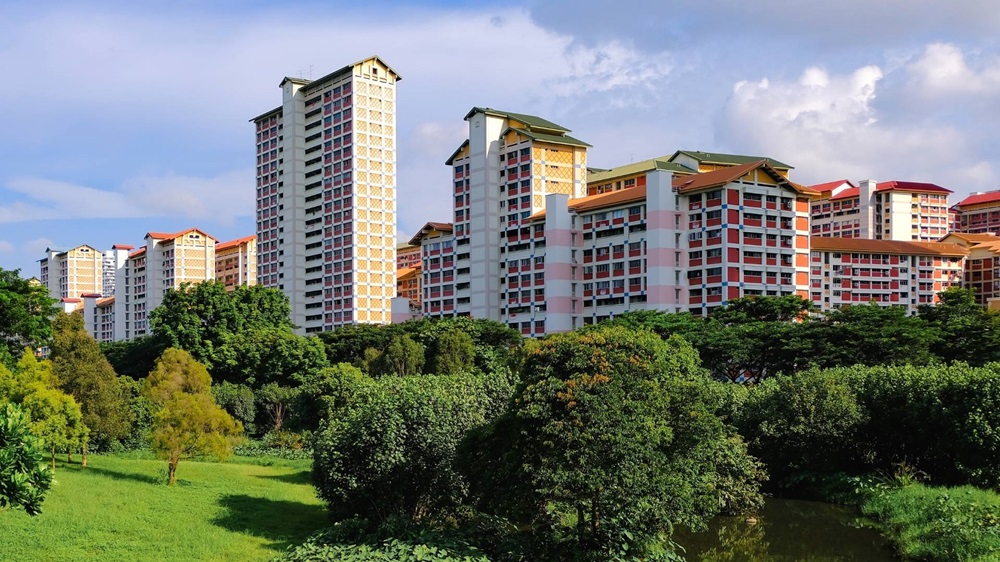
Wages make up around 40% of Singapore’s Gross Domestic Product (GDP)[1]. This is lower than other developed economies whose wage shares are mostly above 50%[2]. Some have interpreted Singapore’s lower wage share to be an indication that our workers are worse off.
Wage share, on its own, is not a useful indicator of worker welfare.
There are many factors influencing wage shares. For example, the structure of the economy can affect wage shares—a more capital-intensive economy may have lower wage share than one that is more labour-intensive. Also, an economy which is more open to investment and trade needs to offer higher returns and profits to keep firms anchored; this in turn tends to attract more profitable firms along with better quality jobs.[3]
There is no clear relationship between wage shares and wage levels across countries.
Citizens in a country with higher wage share do not necessarily earn more than those in countries with lower wage shares. For example, while Germany and Japan have higher wage shares than Singapore, they have lower average wages after accounting for differences in purchasing power. [4] Within Singapore, sectors with higher wage shares do not necessarily pay their workers more. For example, the biomedical manufacturing sector has a low wage share of 10% of value-added compared to 55% for the accommodation and food services sector. However, the average wage in the biomedical manufacturing sector is more than three times that in the accommodation and food services sector. [5]
It is therefore more important to focus on other direct measures of worker welfare, such as real wage growth. In this regard, real median wages of full-time employed residents in Singapore have grown by 3.8% p.a. over the past five years. At the 20th percentile, real wages have grown at a faster rate of 4.4% p.a. over the same period. [6] In other words, wages at the bottom have grown faster than the general population.
To support long term wage growth, ongoing efforts to improve productivity [7], such as through skills upgrading and job restructuring, remain critical. That has been and continues to be the Government’s focus. At the same time, MOM regularly updates Workfare and expands the Progressive Wage Model to uplift wages of lower wage workers.
[1] The wage share in Singapore has generally hovered around 40% in the past three decades. Source: Derived based on data from Singapore Department of Statistics (DOS).
[2] For example, the 2018 wage shares in Germany and Japan are 53% and 52% respectively. Source: Derived based on data from OECD and Economic and Social Research Institute, Japan.
[3] Goh, Tee Wei (2013), “Box 1.1: A Look at Wage Share and Wages in Singapore”, Economic Survey of Singapore First Quarter 2013, pp 9-13.
[4] Based on data on Compensation of Employees and total employment, the 2018 average wages (in 2018 PPP dollars) in Singapore, Germany and Japan are $5,220, $4,270 and $3,510 respectively. Source: Derived based on data from DOS, MOM, IMF and various official sources.
[5] Source: Derived based on data from DOS, MOM and Economic Development Board.
[6] Source: Gross Monthly Income From Work – Comprehensive Labour Force Survey, Manpower Research & Statistics Department, MOM.
[7] There is evidence that industries with higher levels of productivity tend to reward workers better, and that average wage tends to rise faster in sectors with higher productivity growth. For example, see footnote 3 and Foo, Xian Yun (2016), “Productivity and Wage Growth in Singapore”, Economic Survey of Singapore 2015, pp. 88-100.
RELATED ARTICLES
We use cookies to tailor your browsing experience. By continuing to use Gov.sg, you accept our use of cookies. To decline cookies at any time, you may adjust your browser settings. Find out more about your cookie preferences here .

















